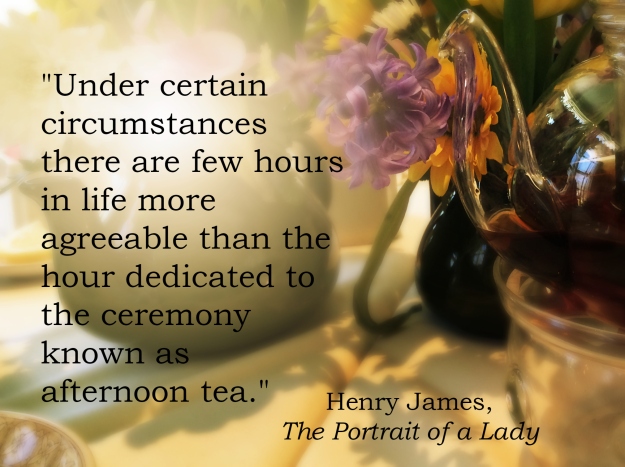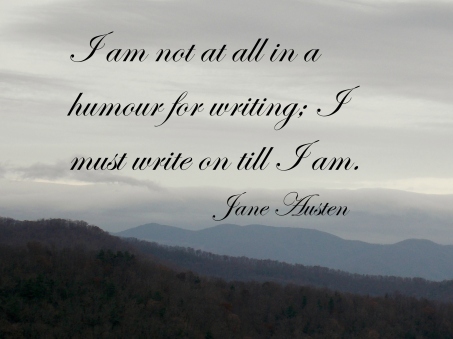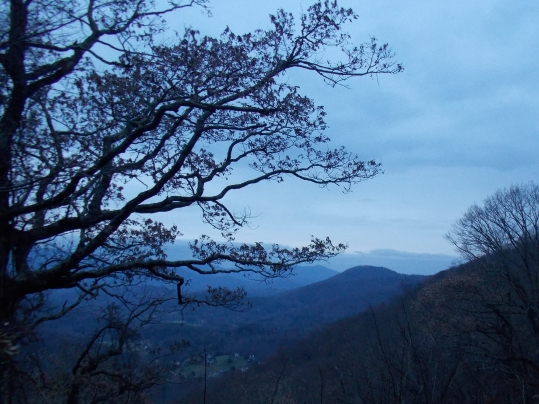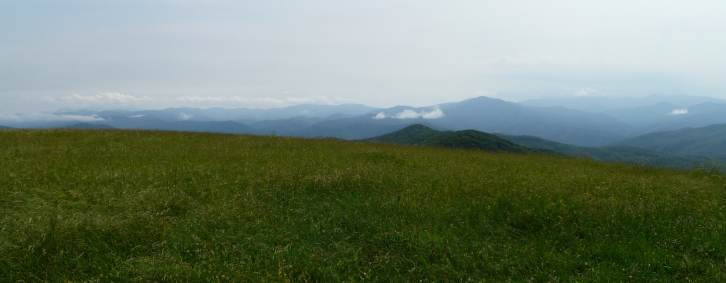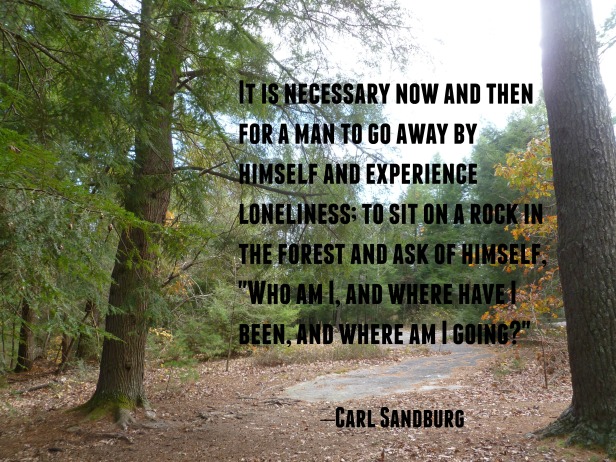
Some scholars believe that Jan van Eyck’s famous Arnolfini Portrait includes a self-portrait of the artist within the mirror.
“Every man’s work . . . is always a portrait of himself.”–Samuel Butler
Not long after I started blogging, I had an eye-opening conversation with my mother. This blog is the first public writing that I’ve done since college, and she was happy to see me exploring a creative outlet.
My mother explained that she sees my blog as a way for my children to know me better — the real “me,” that is, not just the mom who chauffeurs them, or washes their clothes, or makes sure they do their schoolwork. Her next remark took me by surprise: “You may not realize how much of yourself is in your posts.” Hmmm. Now I felt nervous, wondering what I had unknowingly revealed about myself in my newly minted blog.
The point that Samuel Butler makes here — “Every man’s work . . . is always a portrait of himself” — is one of the reasons that I’ve been wary of writing fiction. What if I unwittingly incorporate real people into my fictional world? If my fiction is to be lifelike, can I avoid using people I know for models? And (shudder) what if those people aren’t portrayed in a flattering light? There is a thin line between the world of reality and the world of fiction: I don’t want to be like fellow Ashevillian Thomas Wolfe, unable to go home again. No satirical descriptions of my hometown, past or present, thank you very much.
But, if Butler’s observation is right, fiction isn’t the only medium that could give me away. This very post will betray something about me — about what I value, what I believe, what I fear, what I love. Am I okay with that? Honestly, I’m not sure. Maybe I should change this site’s name to The Tentative Blogger? (I suspect that name is not in high demand.) It’s not as if hordes of readers are flocking to my posts, but someone might stumble upon a part of myself that I try to conceal. Have I unintentionally bared my innermost self to the public eye?
Even when we try to play our cards close to our chest, we may give glimpses of a King here or an Ace there. Any creative endeavor will reveal something about the artist’s personality. There are so many nuances and subtle choices behind a photo or a painting, for instance. What color palette did the artist choose for the portrait of his wife, and why? Fiction, with its need for believable characters, still seems dangerous to me: one’s judgments will surely creep into seemingly innocent descriptions. But is prose any safer? How can you write about the life you know without writing about the people you know?
 In the end, the blog world is no place for the faint of heart. Neither is the world of literature, of course. The semi-autobiographical work for which Victorian writer Samuel Butler is best known, The Way of All Flesh, was not published during his lifetime, by Butler’s own wish. George Orwell praised Butler for his courage, but how courageous was Butler, if he didn’t want his novel published while he was alive? Perhaps Butler was uneasy not only about his criticisms of Victorian society but also about his self-revelations. The older I grow, the less charm I find in mirrors. Should that distaste carry over to the unconscious mirror of my words, spilling heedlessly onto the screen?
In the end, the blog world is no place for the faint of heart. Neither is the world of literature, of course. The semi-autobiographical work for which Victorian writer Samuel Butler is best known, The Way of All Flesh, was not published during his lifetime, by Butler’s own wish. George Orwell praised Butler for his courage, but how courageous was Butler, if he didn’t want his novel published while he was alive? Perhaps Butler was uneasy not only about his criticisms of Victorian society but also about his self-revelations. The older I grow, the less charm I find in mirrors. Should that distaste carry over to the unconscious mirror of my words, spilling heedlessly onto the screen?
This dialogue begs the question, “Why are you afraid to expose your innermost self ?” Fear of criticism? Fear of self-discovery? Reluctance to accept the face that timidly peers back from the mirror? I am not the person that I wish I were, or the person that I hope to be. If I don’t want the world to get a glimpse of the woman behind the facade, I should stop writing blog posts.
This post was written as part of Silver Threading‘s Writer’s Quote Wednesday event. Thank you, Colleen, for continuing to host this event, week after week. I first encountered Butler’s observation in my son’s English language book. After writing this post, I discovered that the quotation had been abridged. The full quotation reads, “Every man’s work, whether it be literature or music or pictures or architecture or anything else, is always a portrait of himself, and the more he tries to conceal himself, the more clearly will his character appear in spite of him” (Chapter XIV, The Way of All Flesh).

